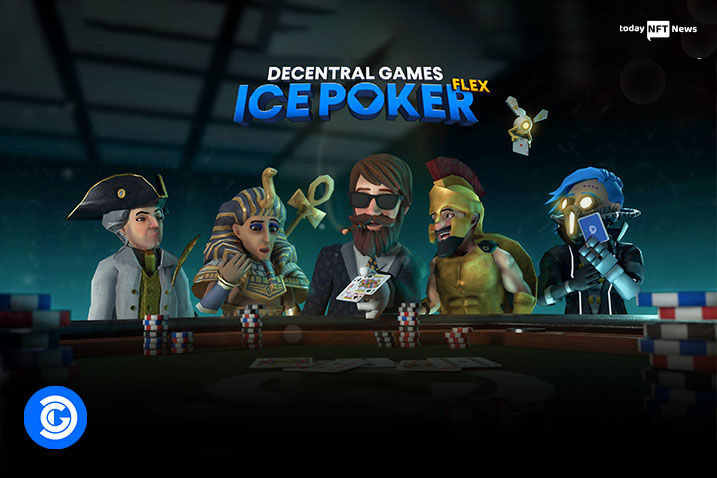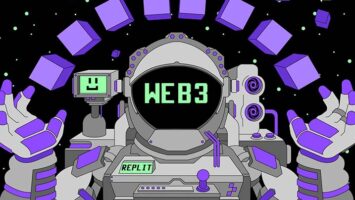Play-to-earn games remain a crucial pillar of the current Web3 economy. One thing most titles share is the tokenomics and sustainability of their economy. Decentral Games tackles this approach from a different angle, and its ICE Merge has proven rather successful so far.
Sustainability In P2E Gaming
While many people know play-to-earn due to popular titles like Axie Infinity, they often overlook key struggles in this field. It is one thing to develop a game and create a native token. It is another to use that token in a sustainable in-game economy and ensure long-term growth potential. Even industry heavyweights like Axie Infinity struggle on that front, and the developers had to introduce a free-to-play version to attract new users.
The struggles have been visible for Axie Infinity and other play-to-earn titles too. Their in-game assets – currencies or NFTs – do not retain their value well. In most cases, supply vastly outpaces demand, yet players will keep liquidating assets to recover their initial investments as quickly as possible. Unfortunately, that often leads to devaluing in-game assets unless demand for them spikes. Sadly, that usually doesn’t happen, creating a steady economic decline and lower sustainability.
That doesn’t mean such games will never recover, though. However, they may need to pivot their core business model once successful alternatives become more apparent. One such model can be found in the Decentral Games ecosystem.
Reducing Emissions Is Necessary
The team introduced an ICE Merge – a way to drop ICE token emissions by 55% – to ensure a healthier overall ecosystem. That approach required changing rewards for delegated players renting the required wearable NFTs. Those users no longer receive direct ICE, but “banked” rewards for purchasing wearables and shine to join tournaments. That change does not affect the players owning the wearables, though.
One may argue that would lower the incentive for players to rent wearables. After all, they do not earn convertible rewards right away. However, the “banked” ICE enables Decentral Games to shift ICE Poker toward a more player-owner-driven ecosystem for committed long-term players. The game has a lower extracted value through this approach. Delegated players can convert banked ICE to real ICE at a 70% penalty and need a minimum balance of 6,666 tokens.
Moreover, by having players use their “banked” assets to buy wearables and shine, more “real” $ICE tokens get burned. That has resulted in millions of tokens exiting circulation through player-based actions since the change.
Furthermore, Decentral Games buys back tokens through protocol revenue (from the Polygon Validator node rewards and secondary sale royalties).
A Much-Needed Change
The time has come to put an end to virtually limitless play-to-earn rewards. While high rewards appeal to players looking to make money, that is not the primary objective in this industry. Gaming should be fun, and not a second job. Unfortunately, it is one of the big flaws in the first generation of play-to-earn game titles and one that prevents long-term sustainability. Instead, the shift to play-and-own seems more favorable.
While some projects already burn tokens, they often fail to adjust their emissions. If the burning slows down for various reasons and emissions remain high, the economy remains skewed. Sustainability requires a double-pronged approach without compromising user attention or entertainment.









